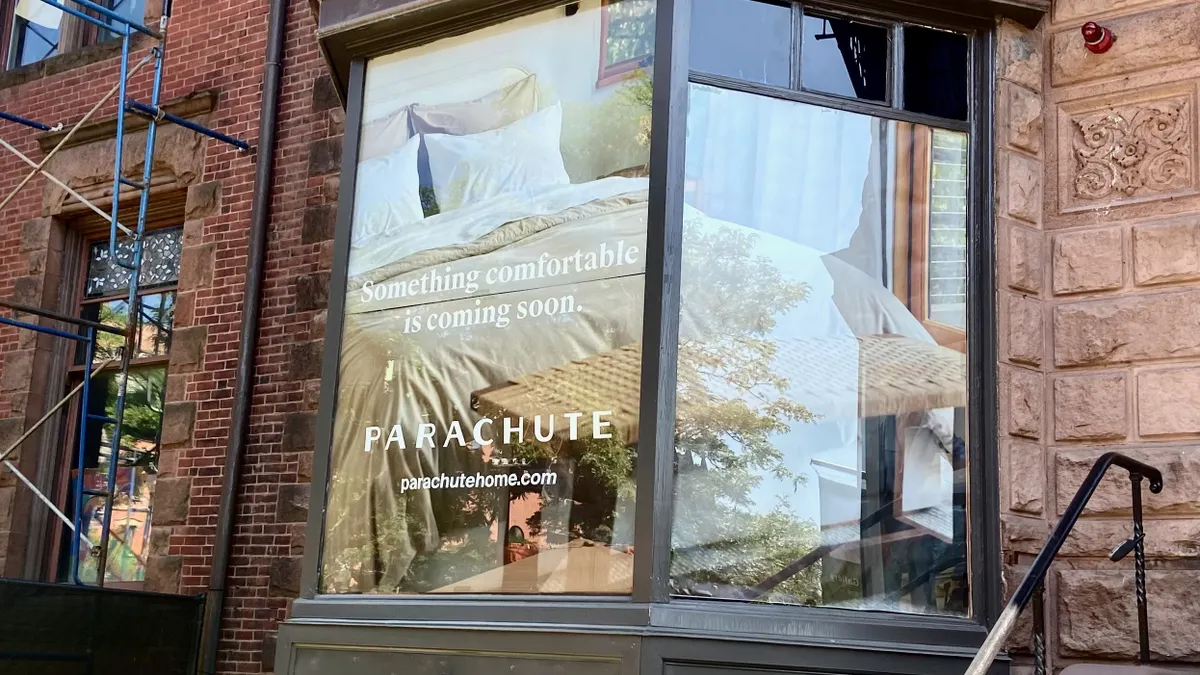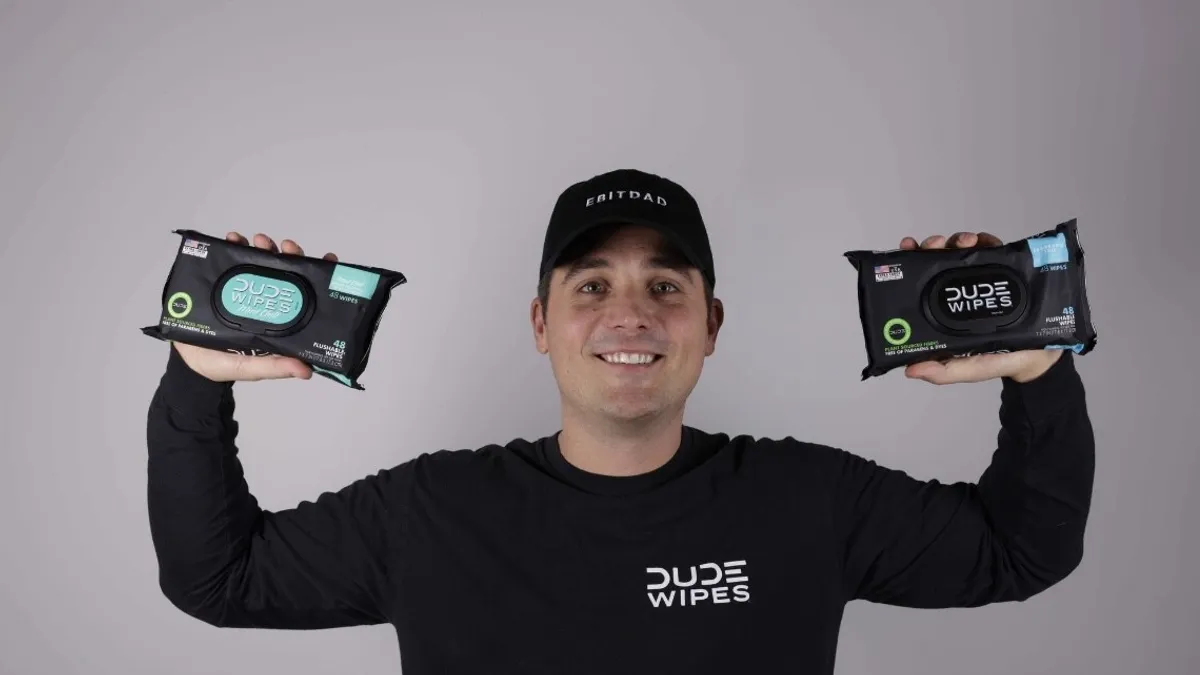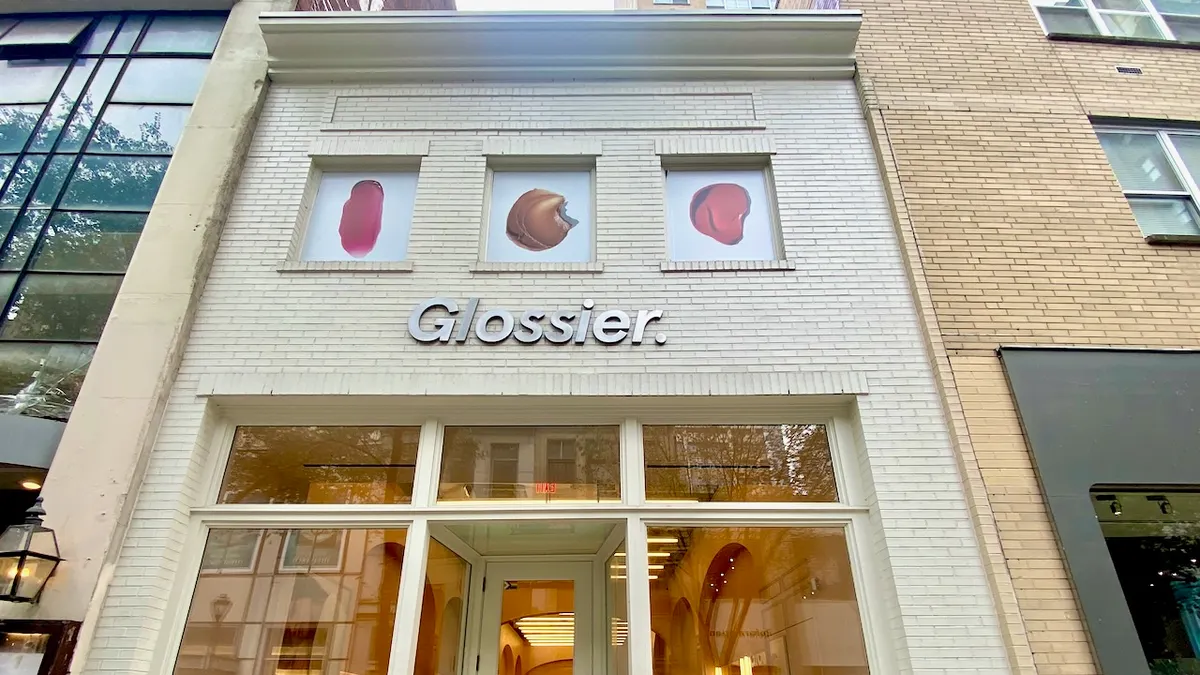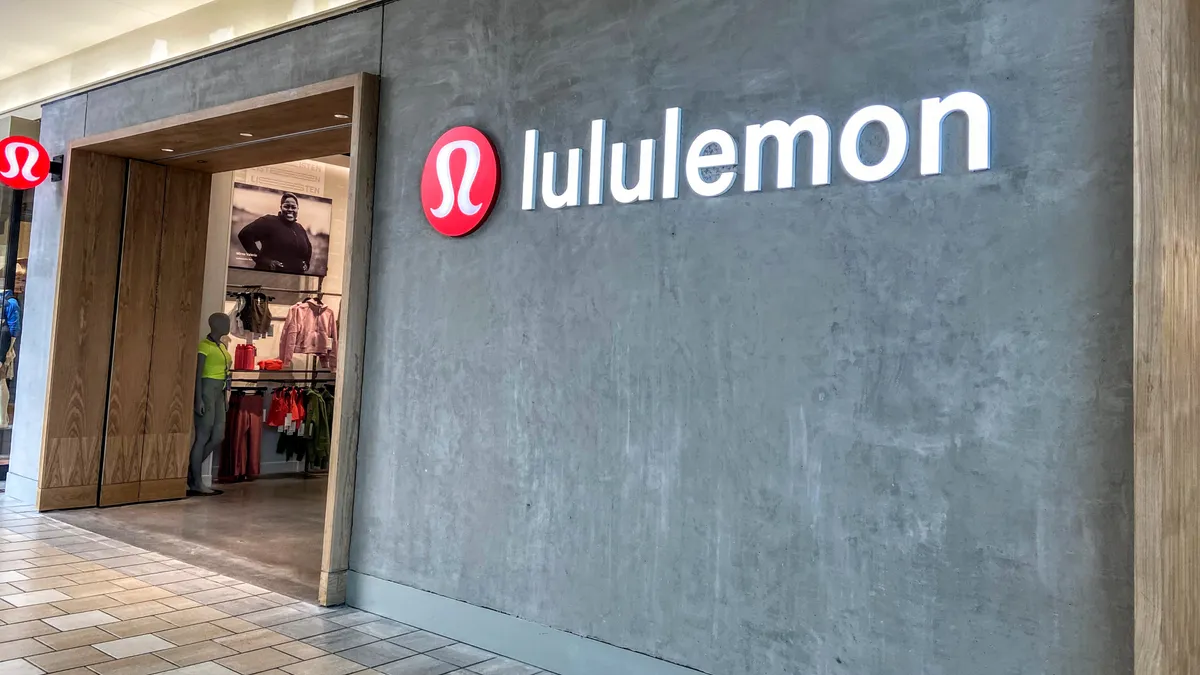Online retailers invest billions of dollars each year on attracting new customers. Individual costs vary based on factors like total marketing spend and customer traffic, but on average, online retailers dedicate close to 80% of their digital marketing budgets to customer acquisition efforts, according to the Adobe Digital Index.
Assuming all goes well, new customers evolve into repeat customers—and that’s where the investment truly pays off. Research conducted by marketing platform Monetate reveals that while return visitors accounted for slightly less than half of all e-commerce sessions during the fourth quarter of 2015, they spent close to $5.3 billion online, almost doubling the $2.7 billion spent by new visitors during the same period. Returning customers also added an item to their cart 15% of the time, compared to 8% of new visitors, Monetate found.
Transforming new customers into returning customers hinges on delivering a satisfying online shopping experience—not just before consumers click the ‘Buy’ button, but after as well. In fact, this post-purchase consumer experience is even more important than the process leading up to checkout, based on the findings of technical support services provider Support.com’s recent survey “Connected Consumers and The Most Personal Brand Experience.”
Support asked connected consumers (defined as frequent to heavy users of everyday technology) to assess all major phases of the customer journey, from pre-purchase through purchase, setup and/or use, customer support and additional purchases. About 40% of respondents said that post-purchase experiences including installation/setup, technical issues and returns make up the most memorable aspect of the overall brand experience. Shopping online or in store garnered just 17% of responses, followed by assistance from a sales representative (15%), and purchasing a product or service (14%).
That’s why some retailers are following the examples set by customer-centric companies like Apple and Zappos: They're shifting their focus from attracting new shoppers and doubling down on the post-purchase experience, taking steps to improve their shipping, tracking, returns and technical assistance processes to better serve the consumers they’ve already won.
“A lot of the discussion around customer service and support is geared towards cutting costs, or providing service and support at the lowest cost,” Alex Poulos, Support’s vice president of marketing, told Retail Dive. “But sometimes you need to invest in support and services if you’re creating better experiences and if you’re creating brand loyalty. 79% of connected consumers said it is important to have a positive experience after making the purchase. This is an opportunity for brands to differentiate themselves.”
Before and after Prime time
Retailers paid scant attention to the post-purchase experience during the formative years of the e-commerce revolution, experts say.
In the decade following the first recorded secure online purchase—a copy of the Sting CD "Ten Summoner’s Tales," bought in August 1994 for $12.48 plus shipping—retailers instead channeled their energy into building out the fundamentals of the digital commerce customer experience, like initial marketing outreach, product search, retargeting and fulfillment.
That changed abruptly in 2005, when Amazon introduced its Prime free two-day shipping service. Prime created significantly higher customer expectations around shipping and delivery, according to Amit Sharma, founder and CEO of customer experience platform provider Narvar, which helps more than 200 retail clients overcome post-purchase challenges.
“Until Amazon Prime, the supply chain didn’t matter [to retailers],” Sharma, a veteran of Apple, Wal-Mart and Williams Sonoma, told Retail Dive. “They only focused on what we call the demand side—the front half of the customer journey. That’s the homepage all the way to cart and checkout. But when the customer clicks a ‘Buy’ button, there’s no brand presence from there to delivery. There’s a gap where there should be branded touchpoints or branded moments all the way to delivery and beyond.”
But even more than a decade removed from Amazon Prime’s debut, many retailers are still struggling to properly address the post-purchase opportunity, according to Mark Geller, co-founder and chief operating officer of Happy Returns. The startup has raised $1.9 million in seed financing in support of services enabling shoppers to return items purchased online to Happy Returns’ in-person Return Bar kiosks, where they receive immediate refunds.
“There typically isn’t one single person [within an organization] who owns the post-purchase experience,” said Geller, who previously tenured as head of mobile at flash sales site HauteLook, which was acquired by Nordstrom in 2011. “Marketing folks in general tend to be tasked with acquiring and retaining customers, and product managers are tasked with building great purchasing experiences. There’s no one single person whose main focus is making sure that customers have a wonderful returns experience, for example.”
Seamless returns and other hallmarks of the post-purchase experience can make or break a retailer’s reputation. Consider Prosper Analytics' 2015 Customer Service Champions ranking: L.L. Bean topped the annual list for the second year in a row on the strength of its trademarked “Guaranteed to Last” products and free shipping on all orders, followed by Amazon (buoyed by Prime perks, competitive pricing and proactive customer care) and Nordstrom (cited for its textbook customer service and liberal return policies).
“With two non-traditional retailers consistently topping Prosper’s list of Champions, it’s certainly evident that the conventional idea of great customer service—assistance with a smile—has evolved as shopping habits have become increasingly digital, limiting retailers’ opportunities for one-on-one contact with their customers,” Pam Goodfellow, Prosper Insights’ principal analyst/consumer insights director, wrote in Forbes. “While human interaction, whether it be in person, over the phone, or in a live chat situation, continues to be important to consumers, the idea of customer service excellence has progressed to include shopper favorites such as free shipping, liberal return policies, aggressive promotions, and guaranteed products under its umbrella, creating a retail experience that delights shoppers consistently across all channels, increasing the chances for return visits.”
Support systems
Increasing the chances for return visits is what the post-purchase experience is all about. While pre-purchase experiences like navigating retailer websites or interacting with sales associates may seem like more memorable facets of the customer journey, 52% of connected consumers told Support researchers that post-purchase factors like efficiency and ease of service, support and assistance instead determine their brand loyalty.
Retailers who fail to deliver on shoppers’ post-purchase expectations are blowing their shot at customer retention and potential upsell opportunities, according to Support’s Poulos. They’re also doing harm to their reputation: 75% of consumers surveyed by Support said they share both positive and negative experiences with family and friends via word of mouth or on social media.
“In today’s world, social sentiment is important,” Poulos said. “Customers are not shy about sharing their experiences.”
Social media sharing is just one factor differentiating today’s shopper. Support’s research reveals that 79% of connected consumers want to control and define their own brand experience, as opposed to the brand defining it for them. For example, 60% prefer to figure out post-purchase technical product issues on their own, sans professional, live assistance.
Connected consumers also expressed irritation with other standard customer service protocols: 24% of respondents told Support that repeating information to multiple customer service representatives as issues escalate accounts for their biggest frustration with the support experience; 36% said that more proactive customer service (for example, predictive diagnosis and suggested fixes) would boost their perception of the brand; and 37% said a personal experience is not only about interaction with a live associate but also about the brand knowing their personal preferences, even during self-service support.
“Customer support extends across the whole customer journey—all the way from awareness and interest, to retention and upsells,” Poulos said. “Retailers need to understand what customers are doing and what their needs are, and tailor support experiences to those needs.”
Positive experiences
Improving and overhauling the post-purchase customer experience begins with embracing technology, Poulos said—not just more software-based solutions to customer service processes, either, but also technology that affords retailers deeper insight into the supply chain, like cloud-based tools, source tagging and RFID to track and manage product inventory and shipments.
Retailers also should offer customers greater visibility into purchase status, according to Narvar’s Sharma. “Don’t make customers do the work,” he said. “Tell them when it’s about to ship and when it has shipped, and keep them updated with UPS or FedEx tracking data. Don’t make me go check my status to figure out when I’m going to receive my purchase.”
If an item doesn’t arrive on time, keep consumers in the loop instead of ignoring the problem. “Wouldn’t it be better to say, ‘Hey, we acknowledge that your product was two days late, and we apologize for that’?” Sharma said.
Retailers should continue engaging with customers long after the item reaches their doorstep, Sharma added. Beyond related product recommendations and other marketing opportunities, retailers should supply demonstration videos, how-to tips and other branded content directly related to the item in question.
“The customer journey doesn’t end when they hit the buy button. It doesn’t end upon delivery, either,” Sharma said. “Just because a package has been delivered doesn’t mean you’ve completed your work.”
And because not every dress fits and not every appliance functions properly, online retailers also should simplify product return options to improve the post-purchase experience, said David Sobie. His is hardly an objective opinion, mind you—Sobie is CEO and co-founder of Happy Returns, which recently launched its maiden Return Bar at the Santa Monica Place shopping center in partnership with its first announced partner, e-commerce site Tradesy—but it’s backed up by metrics.
“Based on our data, we found that your top 10% of buyers typically purchase as much as 40% or 50% of the total products purchased. They not only buy the most, they return the most and they also keep the most,” Sobie explained to Retail Dive. “They are the ones coming into contact with your return process far more than other customers. If you’re looking for things that can have a big impact, improving your post-purchase process can be one of the most impactful things you can do, because your best customers are experiencing it the most.”
Whatever steps retailers choose to take, experts say that they must immediately address the complexities of the post-purchase experience—or else run the risk of irrevocably damaging brand loyalty, not to mention the bottom line.
“Customer expectations continue to increase. They have a big effect on how we live our lives digitally,” Sharma said. “The bar continues to raise for retailers. It’s no longer OK to send an email and expect the customer to go through a maze to figure out when they’ll get their order. They’re not going to put up with that experience. This is about driving customers back—and generating meaningful revenue.”





















